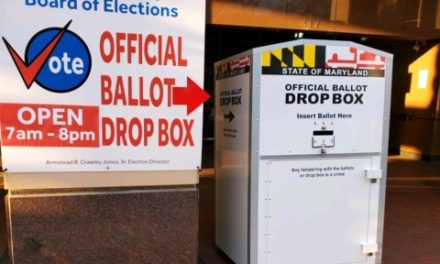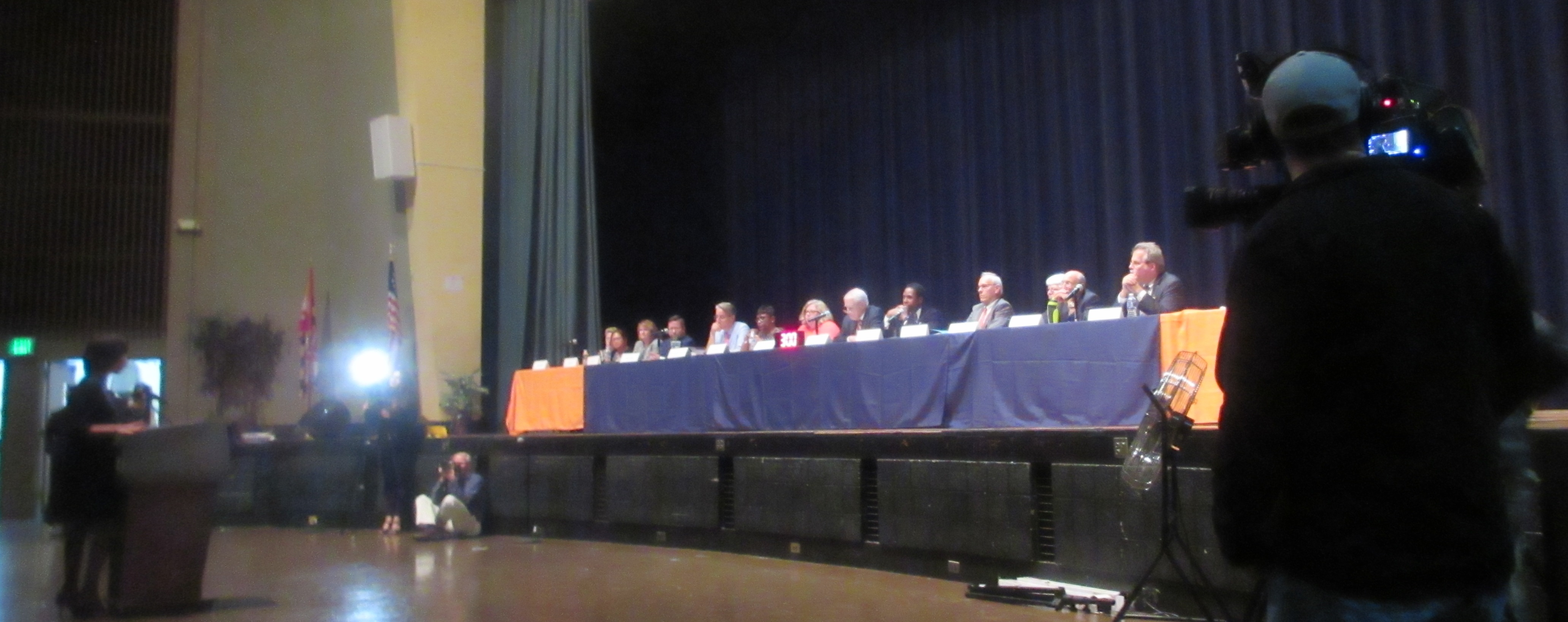By Barbara Pash
Barbara@MarylandReporter.com
With federal stimulus money coming to an end and the state budget strained, nonprofit organizations are searching for sources of future revenue. A state-sponsored conference scheduled for next month and geared specifically to that topic is already almost sold out.
The Governor’s Grants Office is holding is its first grants conference since 2008, on Sept. 12 at the Inn and Conference Center at University of Maryland University Center, in Adelphi, Md. Seating capacity for “a day of intensive workshops” is 710 and “we’re three-fourths full,” said Susan Casey, spokesperson for the grants office.
Casey said the grants conference is being held by popular request. “A lot of people asked for [it] in light of the fact that it’s a whole new climate in the grants world.”
The grants office helps state agencies, local governments and nonprofits find, win and manage grants. The grants office also passes along federal funding to the state to the appropriate nonprofits.
Casey said nonprofits are in a double-bind as far as federal funding goes. The federal stimulus money – officially, the American Recovery and Reinvestment Act of 2009 (ARRA) – “has basically been spent,” she said. And, the Maryland congressional delegation has warned that earmarks “are a thing of the past.”
“There is going to be more emphasis on federal grants that are competitive,” saidCasey, especially given the state’s tight finances.
Eric Brenner, the Governor’s Grants Office executive director, points out an additional problem facing nonprofits seeking federal funding.
“A few federal agencies are waiting to issue requests for grant proposals because of the uncertainty about how the budget process will work,” he says. “It makes it harder for nonprofits to know how much private fundraising they need in order to compensate.”
According to the Governor’s Grants Office’s 2011 annual report, Maryland organizations received $10.3 billion in federal funding in FY 2011, a figure that included $1.7 billion in recovery act money, $500 million more than went to Maryland organizations in 2010. Only $78 million in stimulus money is expected in fiscal 2012.
The report specified how much federal money state agencies received, but it did not get to the level of subcontracts to nonprofits. “The bulk of federal grants goes to the state, then to the counties,” which may in turn subcontract to nonprofits, Brenner said.
Neil Bergsman, director of the Maryland Budget & Tax Policy Institute, did not have a breakdown for Maryland nonprofits’ funding. However, data from the National Center for Charitable Statistics for 2008, the most current year, showed that government grants made up 8% of nonprofit revenue nationally.
In addition, fees for goods and services paid by government agencies made up 24%, with Medicare and Medicaid most likely the largest components. Private contributions made up about 12%.
In other words, according to Bergsman, government payments make up about one-third of total nonprofit revenue, with payments for goods and services much more important than grants. “The revenue mix in any particular nonprofit will be very different. Hospitals, local history museums and head-start centers, for example, would all have very different revenue mixes,” he said.
Jill Paleos, grants manager of Heartly House, a domestic violence women’s shelter in Frederick, estimates that 59% of its funding comes from the federal government passed through the state.
“It’s a huge concern,” Paleos said of future funding. “We have a $250,000 to $350,000 transitional housing grant from federal recovery act money that ends in 2012. Right now, we are looking everywhere and every day to see what will be available but we are not sure how we will replace that money.”
“Other nonprofits are just as concerned as we are,” Paleos said. “Services may have to be cut, staff may have to be cut.”
CORRECTION: Debra Posey, grants analyst for Charles County, said that in fiscal 2010, that Southern Maryland county received $8.2 million from the state and $17.9 million from the federal government. , a funding level that was less than it was in previous years.
“Some [of our] state and federal funds are passed on to nonprofits and for-profit organizations,” she said, for tasks such as human child services, aging services, homeless shelter services and transportation.
“Everyone is concerned about the drop in federal funds,” Posey said. “It is our hope that our core services can be sustained.”





Recent Comments